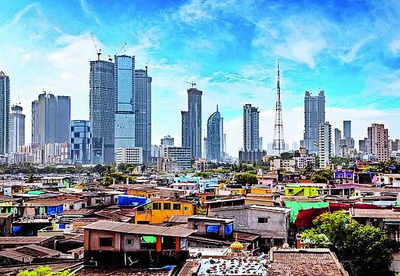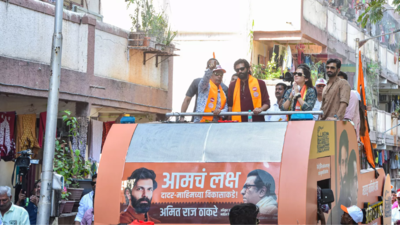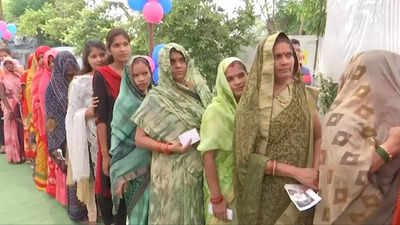File photo MUMBAI: Land covered by slums in Mumbai region declined 8.6%, or 4.1 sq km, between 2005 and 2022, a new study has revealed.
That’s an area approximately 4.5 times the size of Mahalaxmi racecourse. The study found the area covered by slums in estuarial Mumbai — Greater Mumbai and Thane city — fell from 47.
7 sq km in 2005 to 43.6 sq km in 2022. This overall decline masks a more complex dynamic, though: some bastis grew larger, others became smaller, and a few vanished over the two decades.
Slums shrank in some places by a total of 10.2 sq km and grew in others by 6.1 sq km, it found.
Many slums also became more closely packed, or dense, after 2010. “While slums grew in area in the first decade, they densified in the second,” says John Friesen, lead author of the study. The findings show that slums should not be seen “as areas of uncontrolled urban expansion but as integral components of the city, constantly undergoing deconstruction and reconstruction”, researchers say.
For the study, Friesen and others used high-resolution satellite imagery and other data to map changes in land occupied by slum structures across the Mumbai region between 2005 and 2022. With total land area covering almost 600 sq km (including the national park), the reduction brought down the proportion of land occupied by slums in Mumbai region from 8% in 2005 to 7.3% in 2022.
Meanwhile, on the mainland, including Navi Mumbai and parts of Mumbra, slum area grew by almost 35%, increas.


















